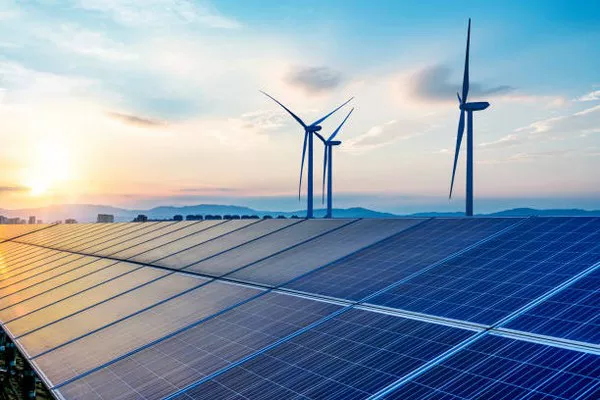Precision Micro, a globally recognized chemical etching supplier, has recently showcased the successful deployment of a new etching and stripping machine at its Fort Dunlop site in Birmingham, UK. This milestone marks the completion of the second cutting-edge etch room, a crucial step in advancing the capabilities needed for the next generation of energy technologies, particularly in the field of wind energy.
The demonstration, featuring a 13-foot-tall (4-meter-tall) floating wind turbine in an indoor pool environment, aimed to validate the turbine’s durability against powerful water and wind forces, mimicking conditions expected in the open ocean. This testing is essential as the industry gears up to deploy much larger versions of these floating turbines in deeper offshore waters.
According to Karl Hollis, Precision Micro’s Director of Engineering, the global push towards carbon neutrality and net zero emissions has spurred an unprecedented demand for complex components used in green energy technologies. These components, including printed circuit heat exchangers and battery interconnects, require larger and thicker metal sheets, driving the need for advanced manufacturing capabilities.
The University of Maine, a key player in the development of offshore wind technology, envisions a future where turbine platforms stretch over 700 feet (210 meters) skyward, anchored with mooring lines in deep ocean waters. Anthony Viselli, Chief Engineer for offshore wind technology at the university’s Advanced Composites Center, highlighted the immense scale and complexity of these structures, which represent some of the largest moving installations ever conceived by humankind.
Floating wind turbines present a unique opportunity to harness offshore wind energy in locations where traditional fixed-bottom turbines are not feasible. The U.S. alone possesses significant untapped wind energy potential over deep ocean waters, capable of powering millions of homes.
The industry has seen notable advancements, with the first floating wind farm operating off Scotland’s coast since 2017. In the United States, the Department of Interior recently proposed floating wind energy auctions for the Gulf of Maine, highlighting the potential to generate clean energy for millions of homes in the region.
While floating offshore wind remains a nascent industry, companies like Precision Micro and the University of Maine are leading the way with innovative solutions. By leveraging advanced engineering techniques and strategic investments, these pioneers are poised to unlock the vast potential of offshore wind energy while addressing environmental sustainability challenges.
As the industry continues to evolve, collaboration and innovation will be key to overcoming technical hurdles and ensuring the successful integration of offshore wind farms into our energy infrastructure. With concerted efforts and a commitment to sustainability, the vision of a clean energy future powered by floating wind turbines is within reach.

